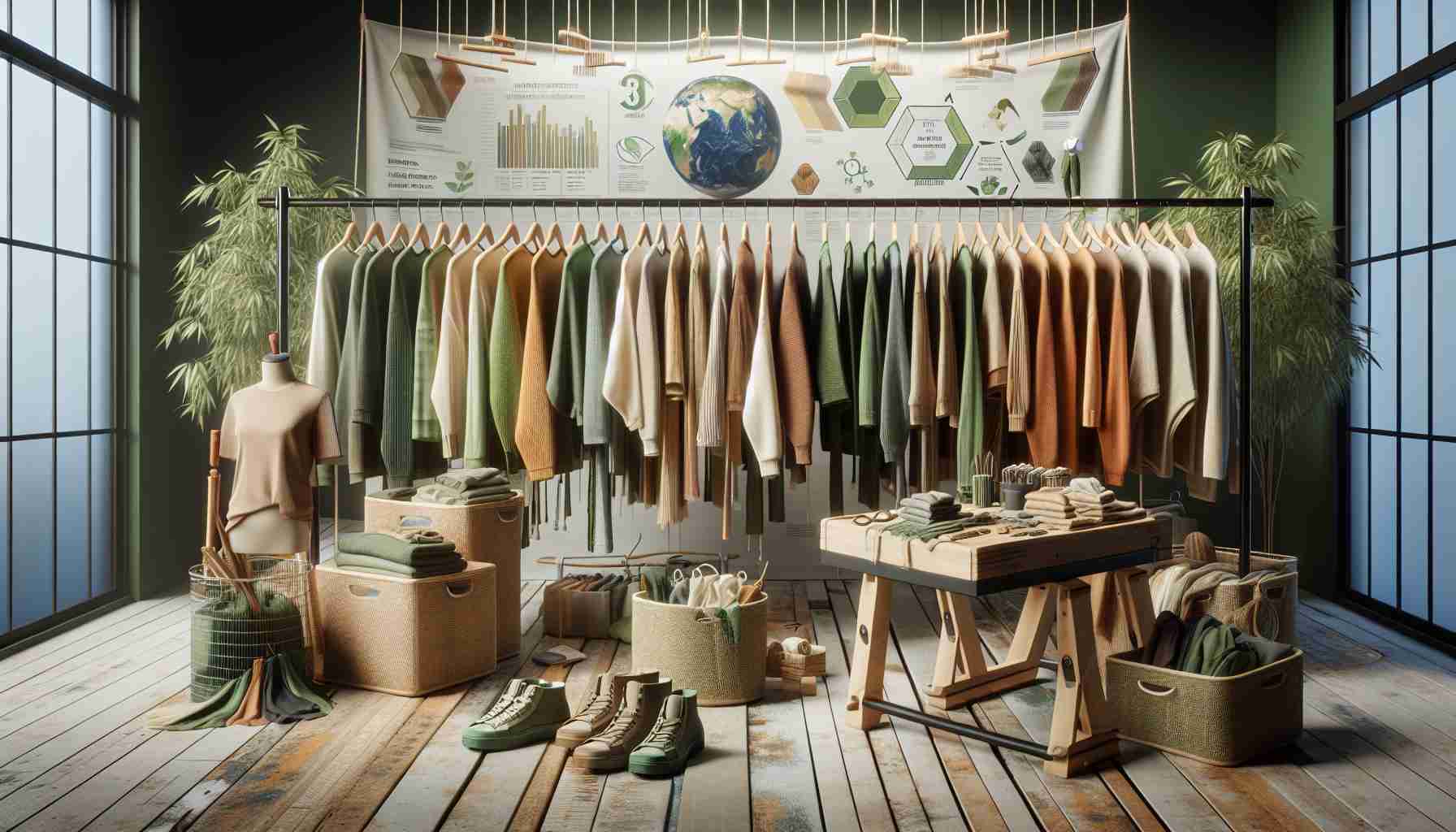Brands are revolutionizing the fashion industry with sustainable practices. Instead of relying on traditional materials, they are turning to eco-friendly alternatives to create stylish and environmentally conscious clothing. This shift towards sustainability is not only benefiting the planet but also setting new trends in the world of fashion.
Gone are the days of harmful chemicals and wasteful production methods. Designers are now embracing organic fabrics, recycled materials, and innovative techniques to reduce their carbon footprint. This new wave of eco-conscious fashion is gaining traction among consumers who are becoming more aware of the impact of their clothing choices.
From casual wear to high-end fashion, eco-friendly options are becoming increasingly accessible. Sustainable brands are popping up around the globe, offering a wide range of stylish and planet-friendly clothing choices. Consumers are now able to make a fashion statement while also supporting ethical and sustainable practices.
As the demand for eco-friendly fashion continues to grow, designers and brands are stepping up to the challenge. By prioritizing sustainability in their production processes, they are not only meeting consumer expectations but also driving positive change in the industry. The future of fashion is looking greener than ever.
Additional Relevant Facts:
– The fashion industry is one of the largest contributors to environmental pollution globally.
– Fast fashion, characterized by cheap, disposable clothing produced at rapid rates, has a detrimental impact on the environment due to high water consumption and textile waste.
– Sustainable fashion encompasses not only eco-friendly materials but also fair labor practices and ethical production methods.
– Many fashion brands are implementing circular economy practices, aiming to minimize waste by designing products with longevity and recyclability in mind.
– The resale market for second-hand clothing and thrifting has seen significant growth as consumers prioritize sustainability and ethical consumption.
Key Questions and Answers:
– What are the key challenges associated with implementing eco-friendly practices in the fashion industry?
– Key challenges include sourcing sustainable materials, ensuring ethical working conditions throughout the supply chain, and educating consumers about the importance of sustainable fashion.
– What controversies exist within the sustainable fashion movement?
– Controversies may arise around greenwashing, where brands falsely claim to be sustainable to attract consumers, as well as debates on the true impact of certain eco-friendly materials and production methods.
Advantages and Disadvantages:
– Advantages:
– Reduced environmental impact through lower water usage, reduced emissions, and minimized waste.
– Positive social impact by supporting fair labor practices and promoting ethical standards within the industry.
– Increased consumer awareness and demand for sustainable fashion leading to industry-wide change.
– Disadvantages:
– Higher production costs for eco-friendly materials and ethical labor practices could result in higher retail prices for consumers.
– Lack of standardized definitions and certifications for sustainable fashion makes it challenging for consumers to distinguish genuinely eco-friendly brands.
– Limited availability of eco-friendly options in certain segments of the fashion market may restrict consumer choices.
Suggested Related Links:
– Fashion Revolution
– EcoWatch
– Greenpeace

